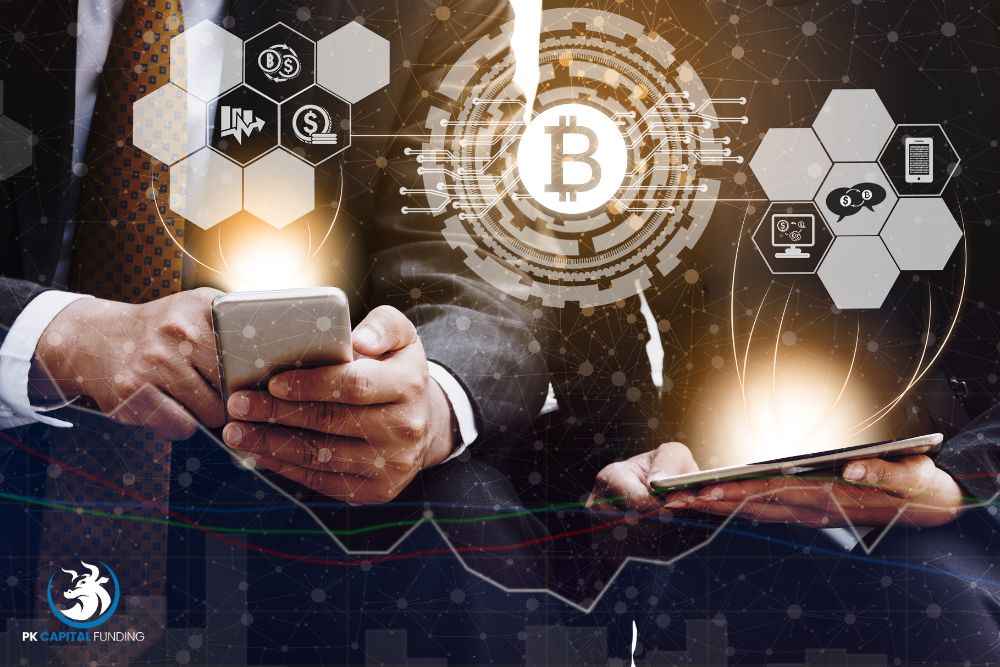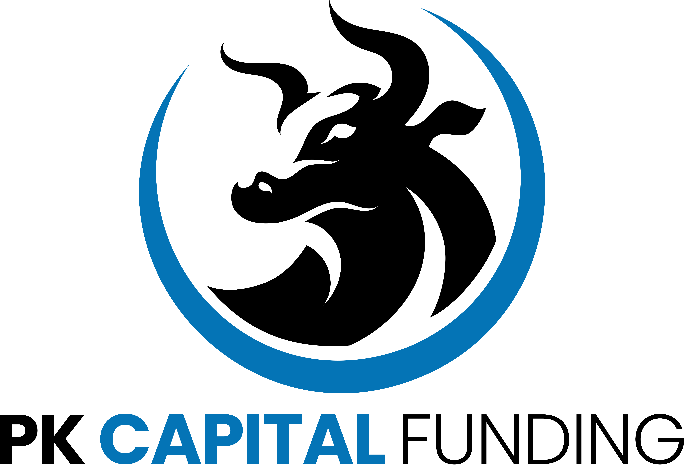
Digital assets are created every time a new block is added to a blockchain, including cryptocurrencies, stablecoins, NFTs, central bank digital currencies, and security tokens. Blockchain entries represent not just the existence of digital assets that are already in circulation, but also the process of minting new ones.
A blockchain: what is it?
The technology that makes digital assets possible in the first place is called a blockchain. Stated differently, a blockchain is a peer-to-peer network technique for safely recording and storing data. It functions as a public, shared database that is replicated on every computer system. It permits the addition of new entries without changing the ones that already exist.
Blocks in a blockchain are identified individually. They are produced according to specific predetermined methods. As new blocks are uploaded, the structure and order of the blockchain are strengthened since each block contains encoded information about the preceding block, which causes the blockchain to grow over time.
Let’s now examine each of the five categories of digital assets in much more detail.
The cryptocurrency
In essence, cryptocurrency is a blockchain-based digital medium of trade or value storage. Frequently abbreviated as “crypto,” cryptocurrency is a tool for funding projects through the introduction of new coins, as well as for making investments and paying for goods and services.
Coins with stablecoins
One category of cryptocurrency is stablecoins. To be more precise, price stability is taken into consideration throughout design. Stablecoin prices are linked to those of fiat money, commodities, and other assets related to cryptocurrencies.
The stablecoins can then be utilized for foreign exchange or to make payments. They are advantageous since they may be used for both cross-border transfers and payments.
NFTs are used to identify who owns particular digital goods. These digital goods frequently consist of artwork, official identification documents, or particular production units.
In essence, an NFT certifies that the holder of the NFT is the owner of the underlying digital assets and their related rights. The NFT owner is therefore free to exchange, sell, or redeem digital assets as they see fit.
Digital currencies issued by central banks
CBDCs stand in for a country’s fiat money. The central bank of the country backs them. CBDCs can be used for transfers and payments, both domestically and internationally, much like other digital assets.
Tokens for security
The standards for security and financial investments are upheld by security tokens. They are comparable to stocks and bonds. They can, however, also be tokenized copies of real-world assets like buildings, machinery, plants, and other kinds of property.
What location do you save digital assets?
Blockchain ledgers are used to store digital assets. A public key and a private key are attached to the ledger entry. These are comparable to computer-generated passwords and email addresses.
These keys can be safely stored in wallets, ensuring that only you can access your digital possessions. You may monitor your assets and all ledger positions in one easy location and feel secure knowing that you have all you need.
Additional details regarding blockchains and digital assets
Your private key functions as a way to authenticate ownership of a particular digital object, much like a password. Make sure your private key is included in the transaction to validate it as a new record on the blockchain if you want to send cryptocurrency to another person.
A variety of uses for digital assets exist, including the acquisition of NFTs, tickets, in-person events, and even the ownership of material assets like automobiles.
A variety of financial applications made possible by digital assets are included in the field of decentralized finance. Digital assets can be used as the medium of exchange to automate complex financial activities and transactions by utilizing smart contracts and code. This makes it possible for blockchain-enabled companies to offer automatic loan and insurance arrangements.
Like traditional stock or foreign exchange markets, exchanges offer a venue for trading digital assets. These exchanges can facilitate the purchase of in-game currency or act as speculative investments. Digital assets can also be traded for stocks, commodities, and other financial instruments on standard exchanges.
Decentralized apps, or dApps for short, are open-source programs running on a blockchain-enabled computer network. They cannot be removed once posted, not even by their authors, and are not susceptible to the interference or control of a single authority.
dApps can be used to do away with middlemen and for a variety of purposes, including social media access, multiplayer gaming, privacy preservation, and the execution of financial contracts. They do, however, have difficulties with scalability, creating user-friendly interfaces, and changing the code.
Even if investing in digital assets might yield substantial returns, one should exercise caution because of the prevalence of fraud, Ponzi schemes, and fake initial coin offerings.
Digital assets are decentralized, which makes it difficult to find and prosecute offenders. Because of this, it’s wise to use cautious and carry out extensive due diligence while working with digital assets.
